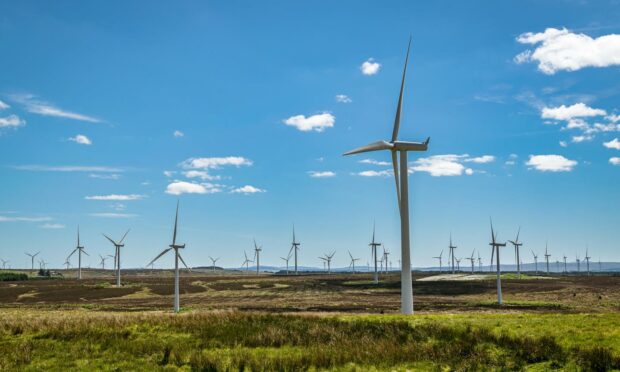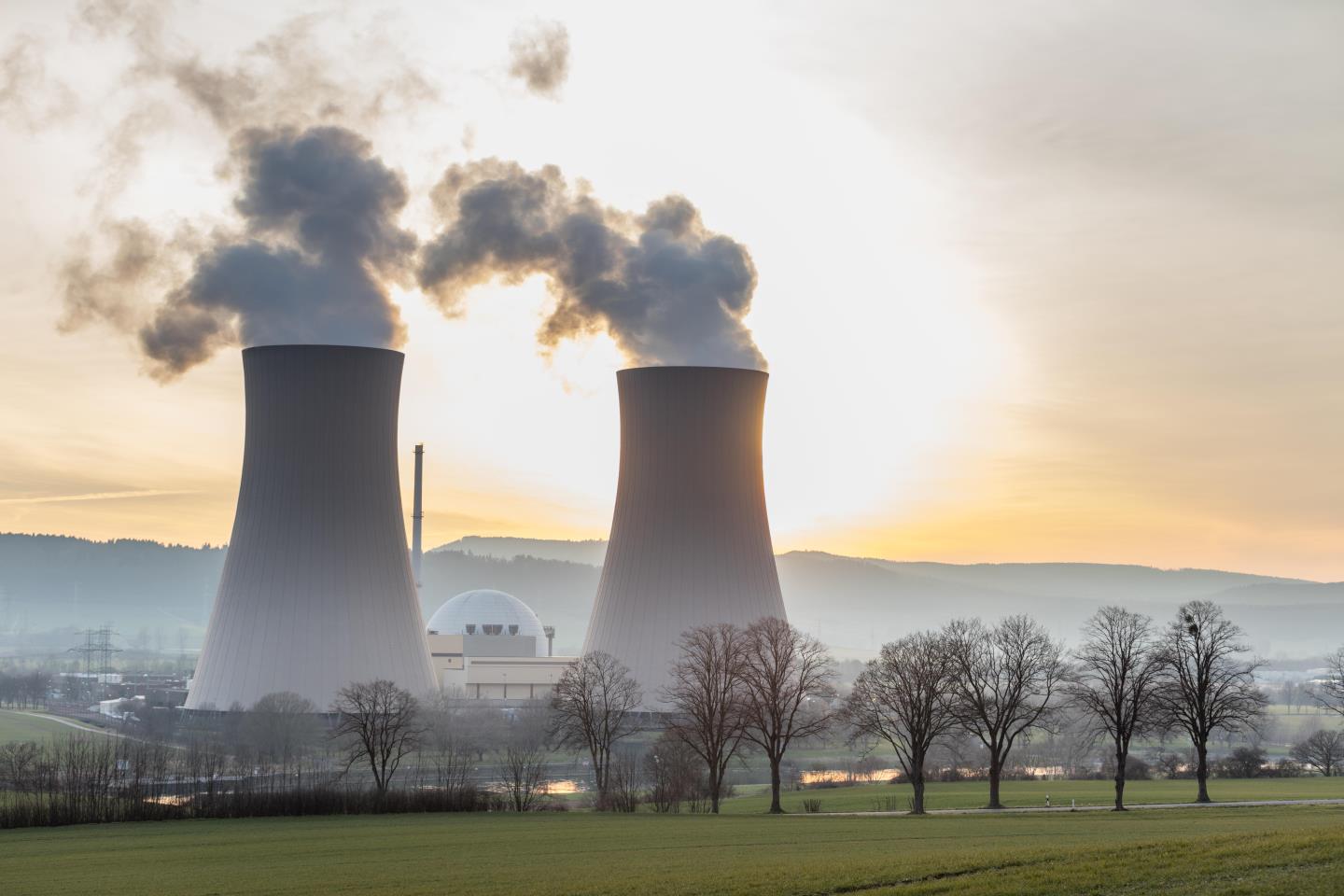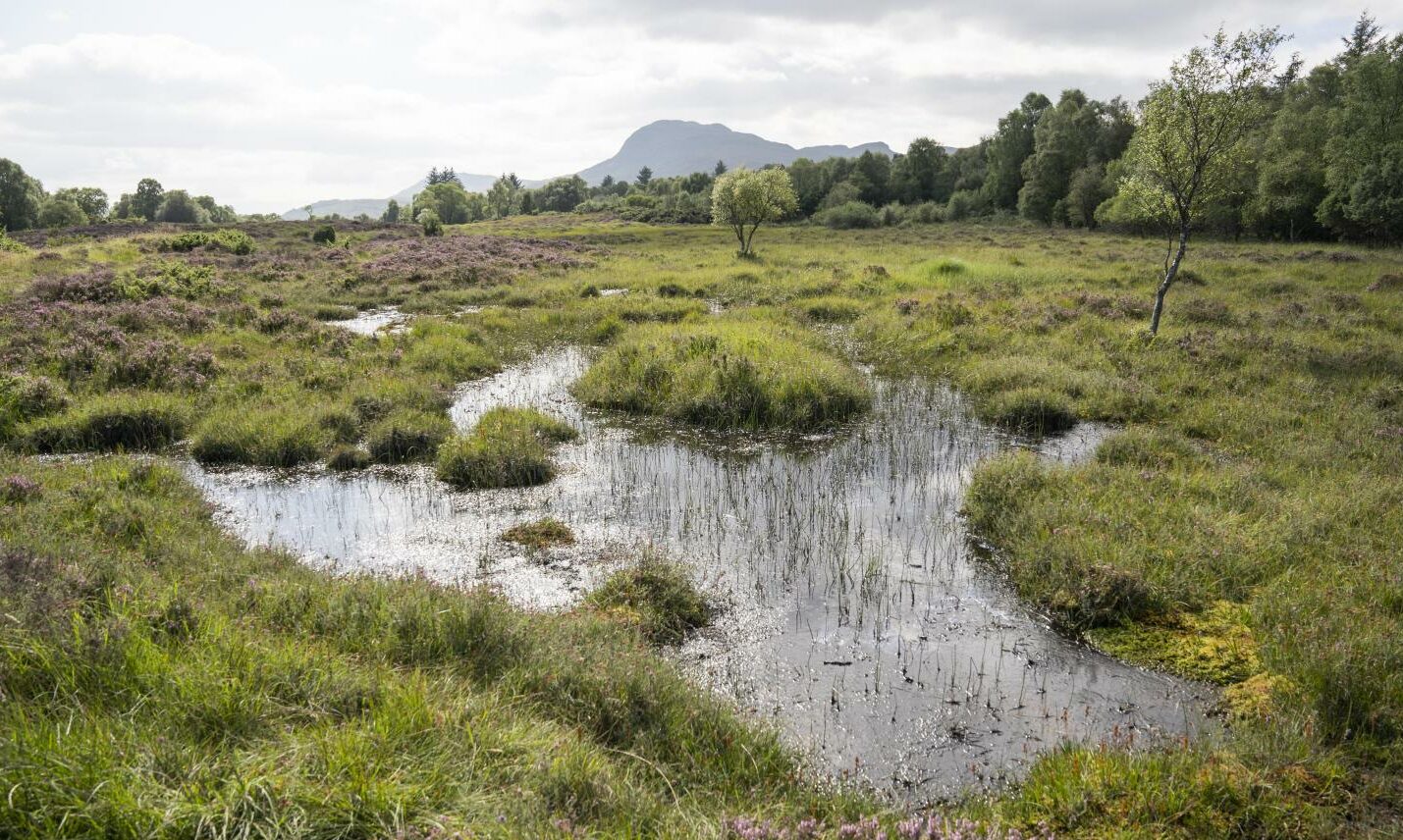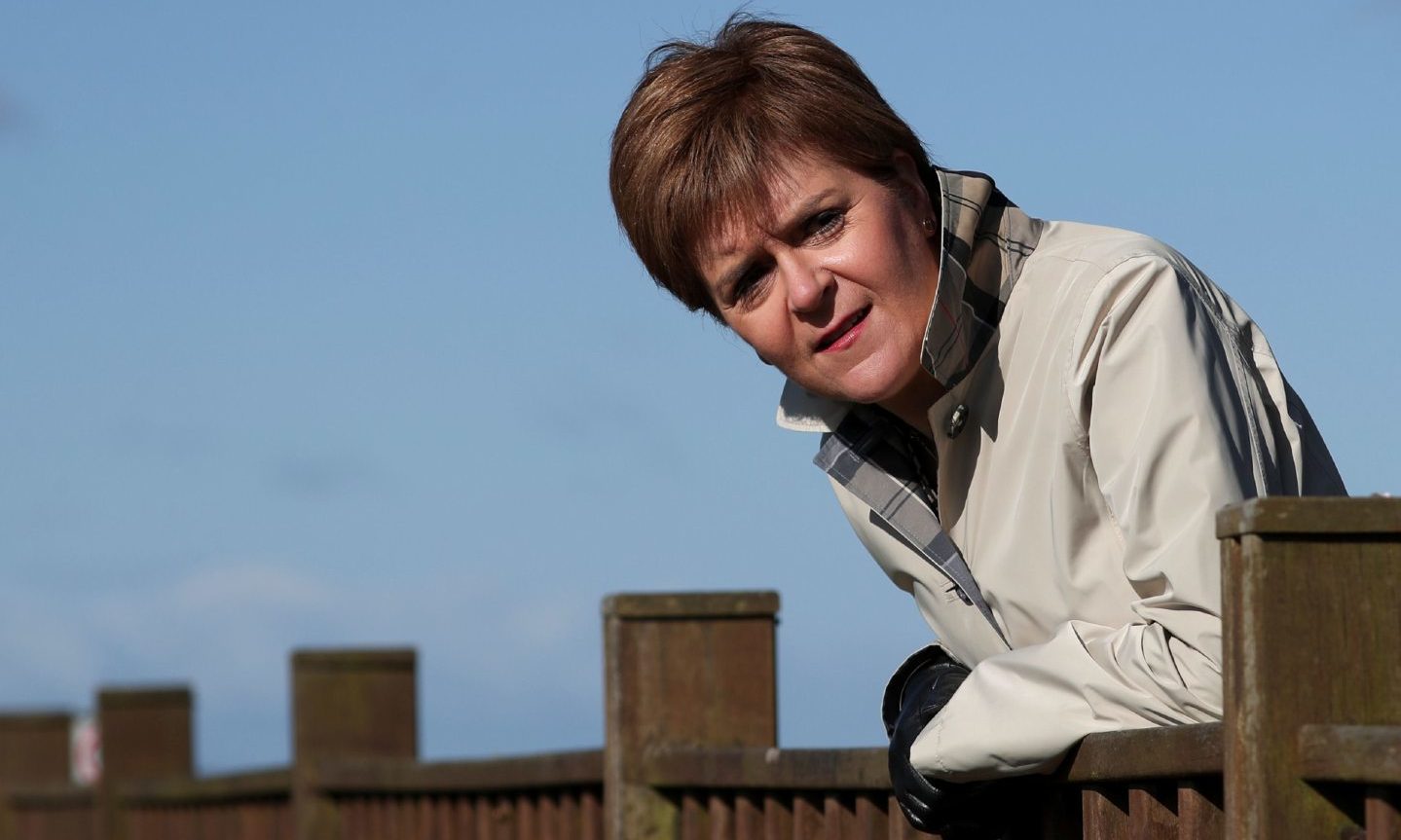With last month’s closure of the Hunterston B nuclear plant on the North Ayrshire coast and Torness in East Lothian scheduled to shut down by 2028, Scotland’s long history of nuclear electricity generation is coming to an end.
It was an industry that employed thousands of skilled workers and at times, accounted for up to 50% of the electricity supply in Scotland. But, in 2007, the SNP government announced that it would prevent the development of any new nuclear plants in Scotland. GMB Union leader Gary Smith recently described the policy as “ridiculous”, saying it will cost us dearly in lost jobs and investment.
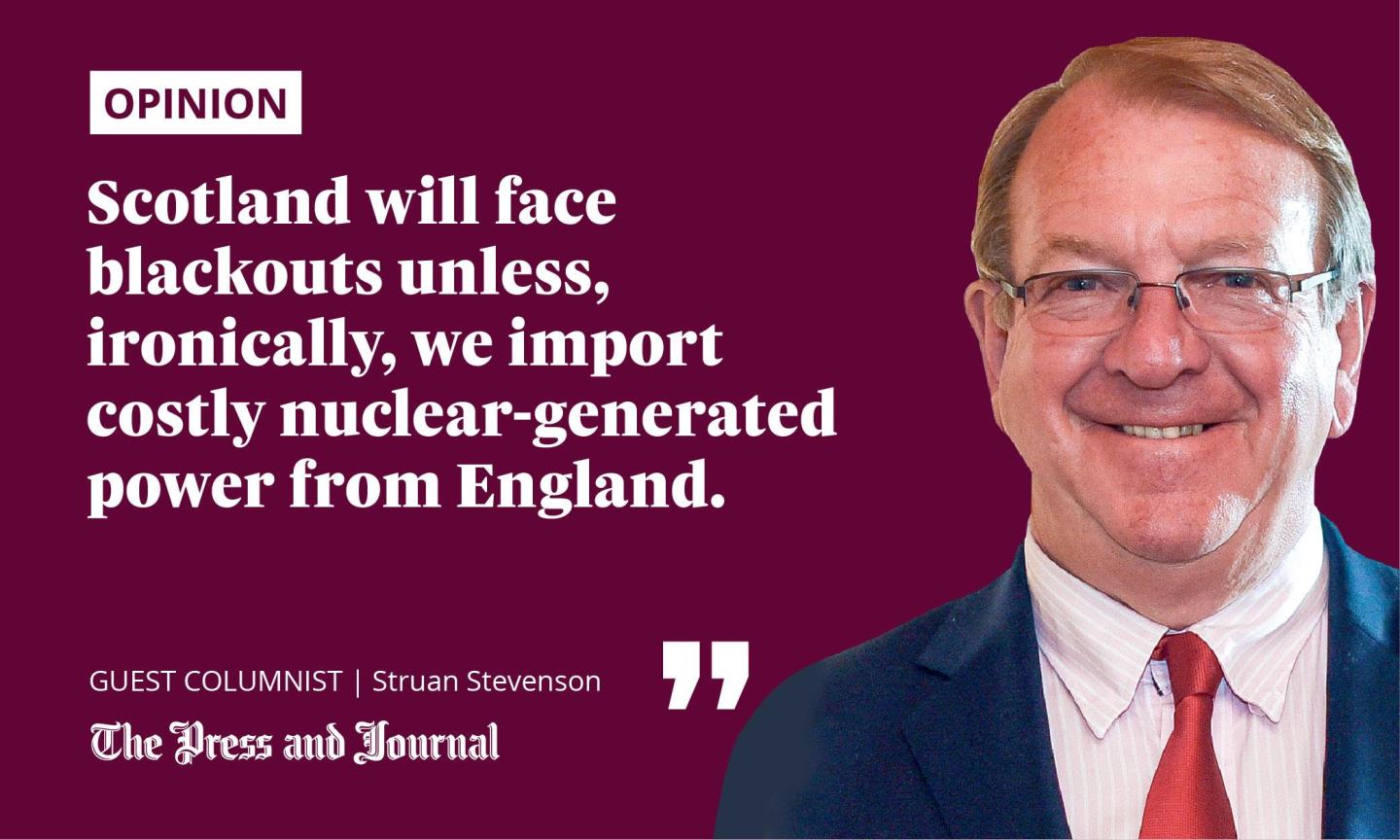
By cementing a pro-independence majority in coalition with the Scottish Greens, Nicola Sturgeon has locked the SNP into an energy impasse. And, by rejecting the exploitation of the Cambo oil field off Shetland, the first minister has driven a wedge through her own party, where many of her SNP parliamentary colleagues rely on support from some of the 100,000 people who work in the North Sea oil sector.
Alex Salmond has warned that the SNP and Green anti-oil and gas policy will cost the country jobs and cost the SNP votes. It will also mean that Scotland will have to import oil and gas from overseas to meet ongoing needs, at huge cost and an increased carbon footprint.
Even the European Commission, in its newly published categorisation system determining which energy sources can be classed as green for investment purposes, has grouped both nuclear and gas as green. The commission considers that there is a role for natural gas and nuclear “as a means to facilitate the transition towards a predominantly renewable-based future”.
So, Nicola Sturgeon is not only pursuing an energy policy at loggerheads with England, where new nuclear plants are planned, she is also in direct opposition to EU policy. Given that the SNP would ultimately like an independent Scotland to rejoin the EU, the first minister’s position is becoming increasingly untenable.
Capturing ‘free’ wind energy costs more than you might think
After 14 years in power, the SNP government is dedicated to wind power as a major source of electricity generation. Massive wind turbines, now often 250 metres tall, are bristling across Scotland’s hills and glens. Worse still, we are digging up peat bogs to construct industrial wind developments.
When there is no wind, particularly during some of the coldest days of winter, Scotland’s forest of wind turbines produces not a single unit of energy
Peatland is Europe’s equivalent of rainforest, and it constitutes a vital component of the world’s natural air conditioning system. Peatland and wetland ecosystems accumulate plant material and rotting trees under saturated conditions to form layers of peat soil up to 20 metres thick – storing, for millennia, on average 10 times more carbon per hectare than other ecosystems. But, vast areas of carbon-capturing peat bogs in Scotland are being torn up to make way for wind farms, rendering the whole process pointless.
The wind may be free, but capturing its energy is not. It is also intermittent. At times, when the wind is blowing hard, the national grid is overloaded and wind farms must be switched off, receiving vast “constraint payments” while they stand idle. Scottish onshore wind received £130 million in constraint payments in 2019 and more than £607 million over the last decade – a staggering amount of money for not producing any electricity.
When there is no wind, particularly during some of the coldest days of winter, Scotland’s forest of wind turbines produces not a single unit of energy. With our coal-fired power stations shut and our nuclear plants closing, there will be no baseload backup to keep the lights on. Scotland will face blackouts unless, ironically, we import costly nuclear-generated power from England.
National Grid has warned that, at points during every summer, we will generate more electricity than we need. Conversely, at points during every winter, we will not be able to generate enough renewable energy.
We need a balanced and sustainable energy system
The challenge of balancing supply and demand will continue to grow. That’s why Scottish Power is building a huge “super battery” at Whitelee wind farm near Eaglesham, the UK’s largest wind farm. The battery, which will be half the size of a football pitch, will store power generated by the 215 giant turbines.
Scottish Power is also constructing a large, £9.4 million proton exchange membrane (PEM) electrolyser at Whitelee to produce green hydrogen. The process will use surplus energy from the wind farm to split water into hydrogen and oxygen, storing and distributing the hydrogen for the commercial market. This first-of-its-kind development in Scotland will boost the market for hydrogen fuel cell technology, powering emission-free cars, lorries, buses and trains.
In sharp contrast to the SNP and Green government’s current reckless policy, these innovative plans, combined with the construction of a series of small and medium scale nuclear reactors, could provide Scotland with a balanced and sustainable energy system. They would enable us to achieve our net-zero greenhouse gas emission targets by 2045.
Struan Stevenson was a member of the European Parliament from 1999 to 2014. He is an author and international lecturer on human rights and the Middle East
